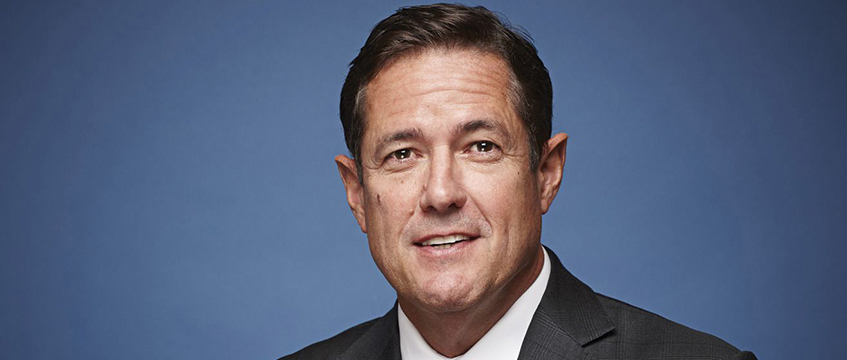Barclays chief exec Jes Staley on slimming down in real estate
It is an understatement to say that Barclays chief executive Jes Staley stepped into a tough role when he took the top job at the bank.
“It’s been a long haul. I remember when I was meeting with Barclays in 2015, one of the board members said: ‘There’s a chance that Barclays won’t be allowed to succeed; are you up for that?’”
Staley was speaking at the ULI Europe Conference 2019 this week, held at London’s Royal Lancaster Hotel.
It is an understatement to say that Barclays chief executive Jes Staley stepped into a tough role when he took the top job at the bank.
“It’s been a long haul. I remember when I was meeting with Barclays in 2015, one of the board members said: ‘There’s a chance that Barclays won’t be allowed to succeed; are you up for that?’”
Staley was speaking at the ULI Europe Conference 2019 this week, held at London’s Royal Lancaster Hotel.
Back in 2015, Barclays was slapped with the biggest UK bank fine in history (£284m) for unacceptable practices related to forex trading in London. The same year it was also fined for its dealings with Qatari clients. The FCA said the bank went too far in accommodating wealthy clients and failed to carry out adequate checks on a £1.9bn deal.
“The sum of all of those liabilities [in 2015] put together were in excess of the capital of the bank,” said Staley.
He added: “The board was divided as to which direction the board should go in and the shareholders had nine years of consecutive losses. It was not the easiest place to walk into…”
However, over the past few years, he has overseen the bank selling 22 businesses around the world, closing the bank outright in 12 countries, as well as axing more than 50 UK branches.
Connecting tech and real estate
As part of his role, Staley has spent a lot of time thinking about how to create a more lightweight property portfolio, and cites mobile-only Monzo Bank as a key competitior.
While Staley insisted the bank’s branch network “will not go away”, he is clearly focused on leveraging the bank’s mobile app to forge relationships with customers.
“We have 7.5m people that bank on our mobile banking app every day. If you take all the fintech companies combined in the UK, we are larger. This changes our interaction with our customers and how real estate plays into it.
“The average customer goes on to our global banking app every day, sometimes for as long as seven minutes. They look at their accounts and if they scroll down, they see customisable banners and we can customise those every day.”
In order to customise on the traffic generated by the app, Barclays has built a programme that connects with millennial types as they buy their first property.
Staley explained: “For millennials, perhaps the most important thing for them is the time they own their first piece of real estate. We’ve built a programme now where we want to partner with millennials on their journey to owning their first piece of real estate. Because we have their entire piece of financial history here, we can prompt them and say: ‘Whereabouts would you like to live; what type of flat would you like to have?’. And based on their income, expenditure and what we could extend them as a mortgage, we tell them that they could buy the flat of their dreams in Chelsea in 375 days.
“We can then interactively go back and forth and say: ‘Ah, we saw that you spent a little bit less this week, you’re down to 345 days’. They can literally track the 345-day process to owning their first flat.”
He added that of the 7.5m app users, roughly 4,000 change their residence every day. “Our database in the UK gives us a description of their homes in quite some detail. We know what apartment you’re in, what it looks like, the size in square feet, the whole thing.”











